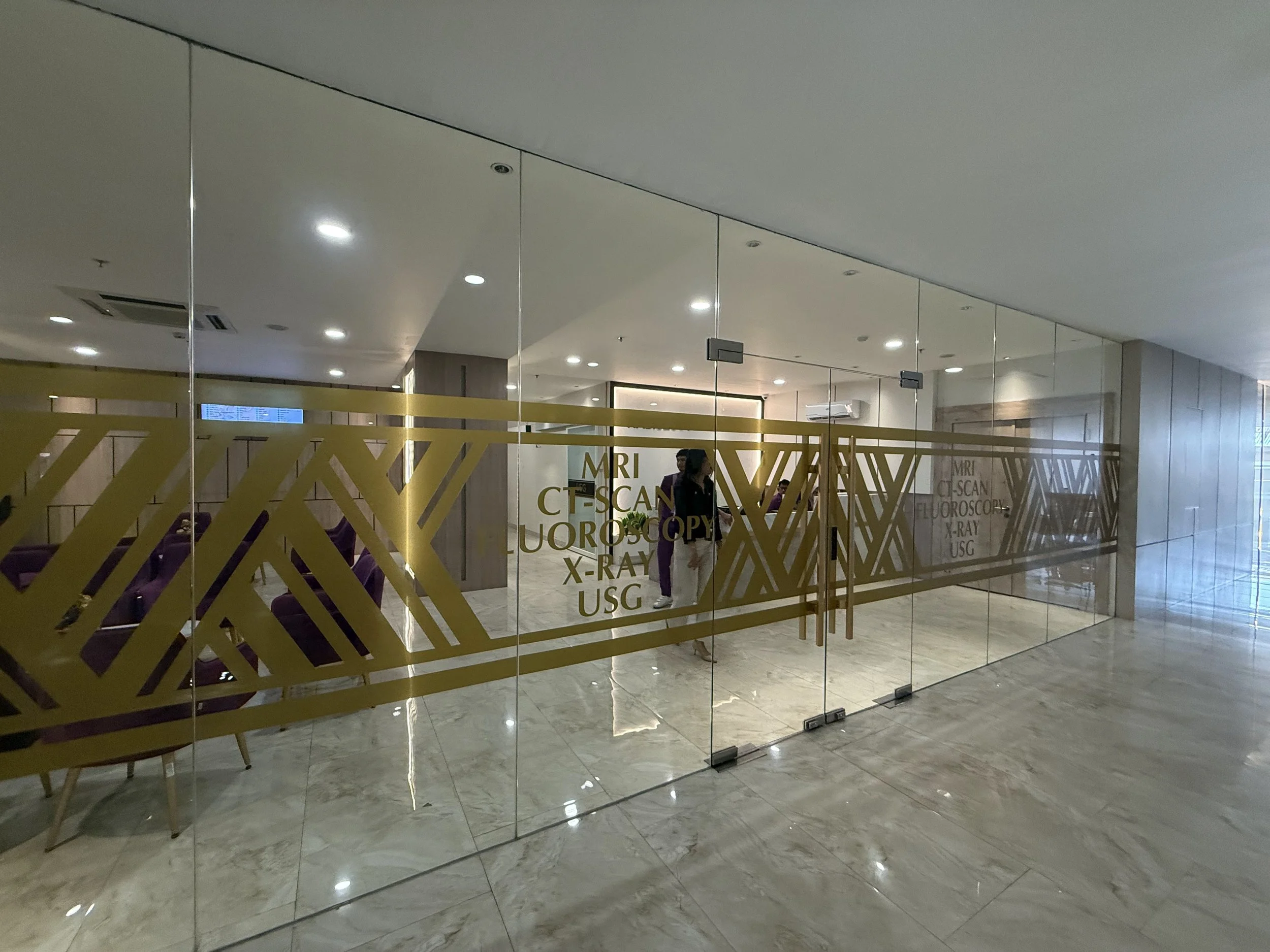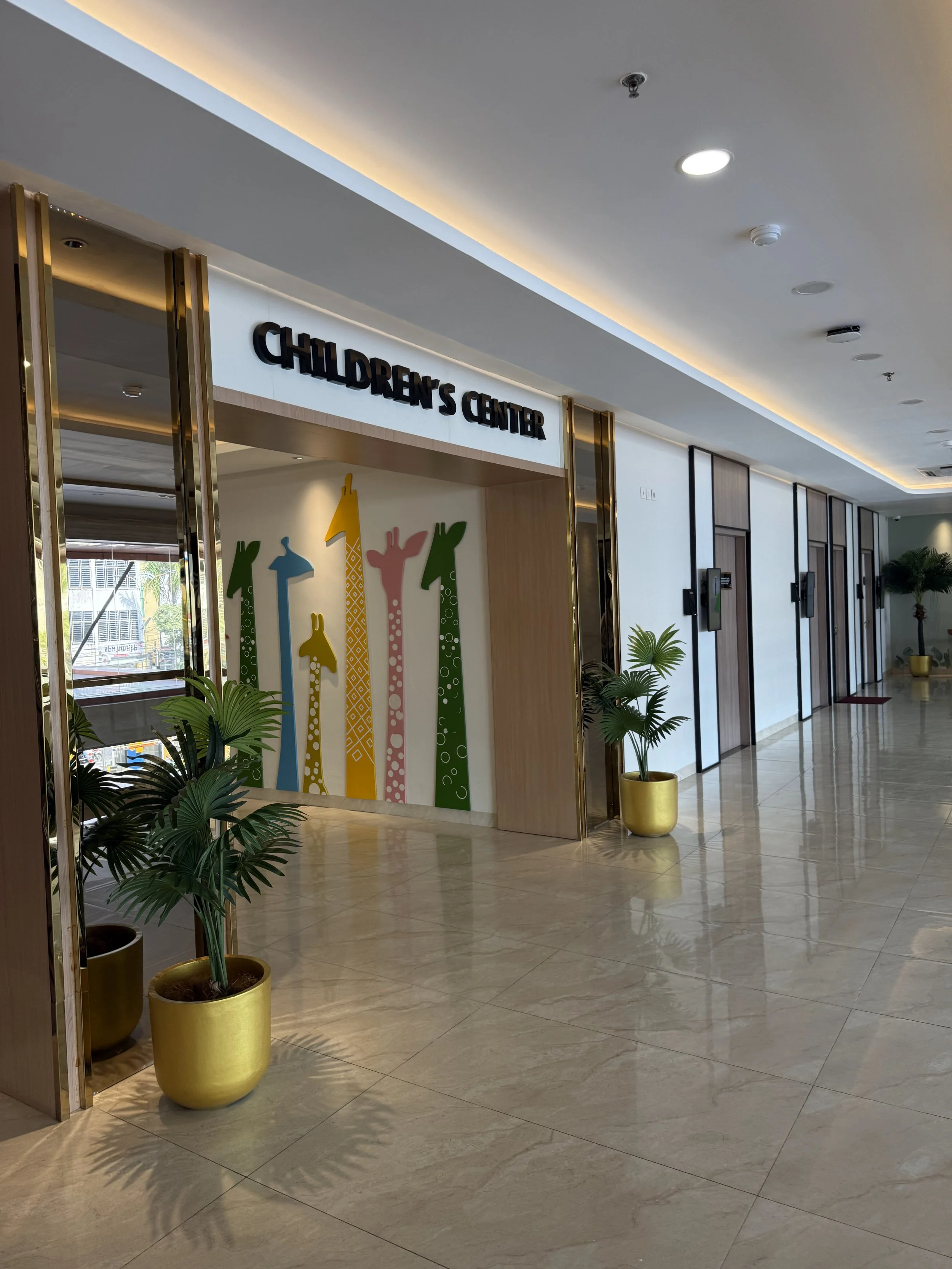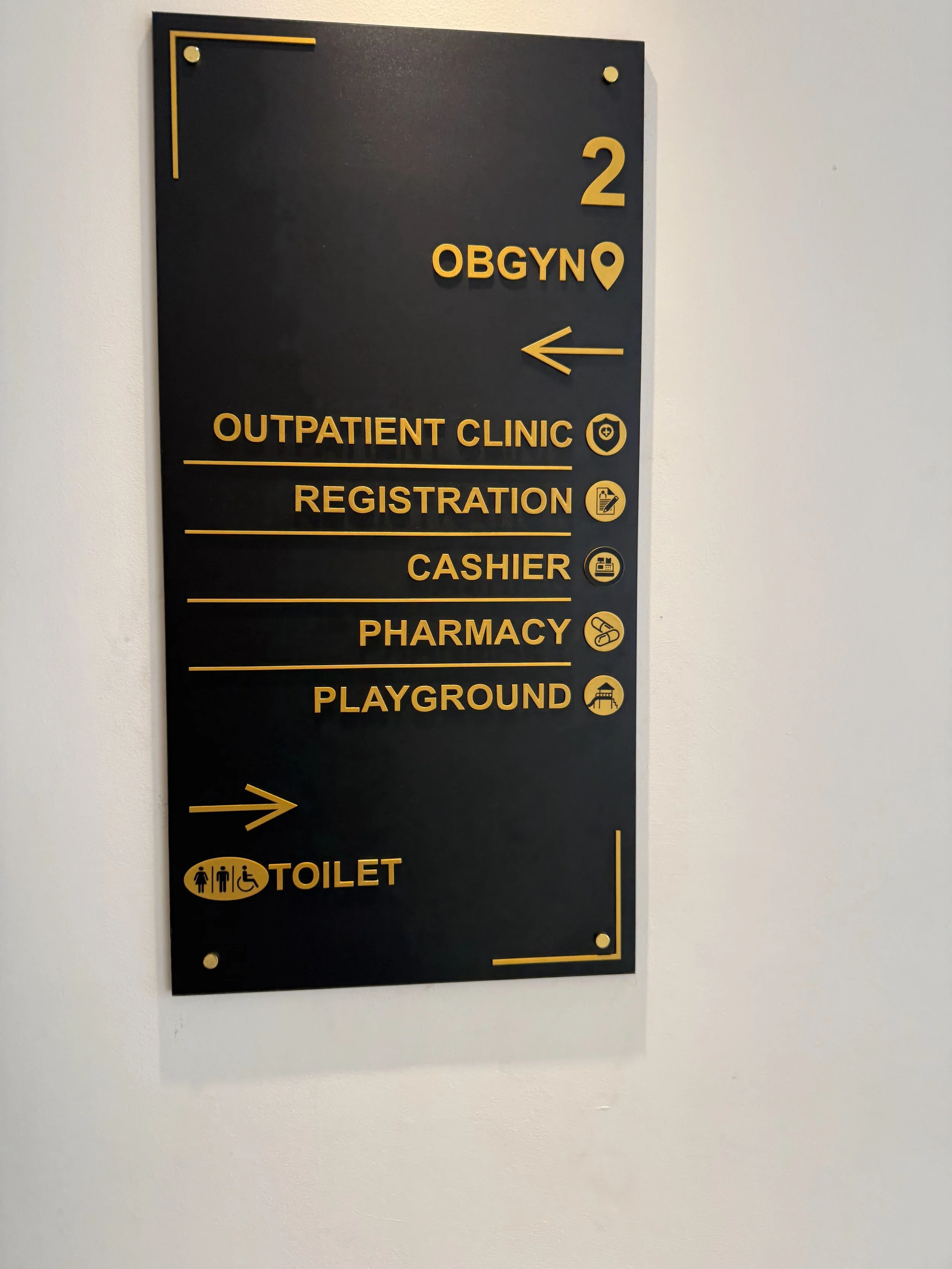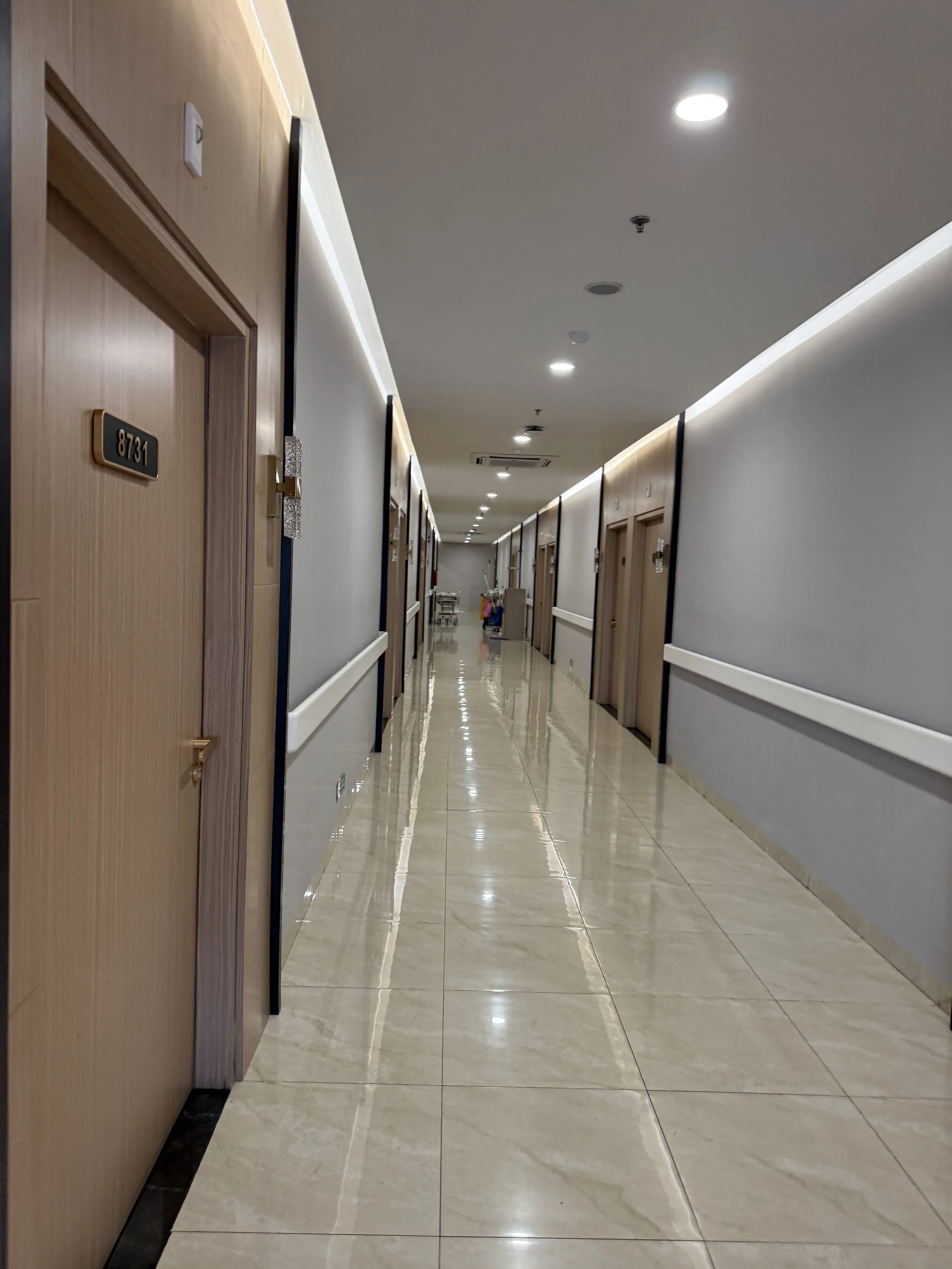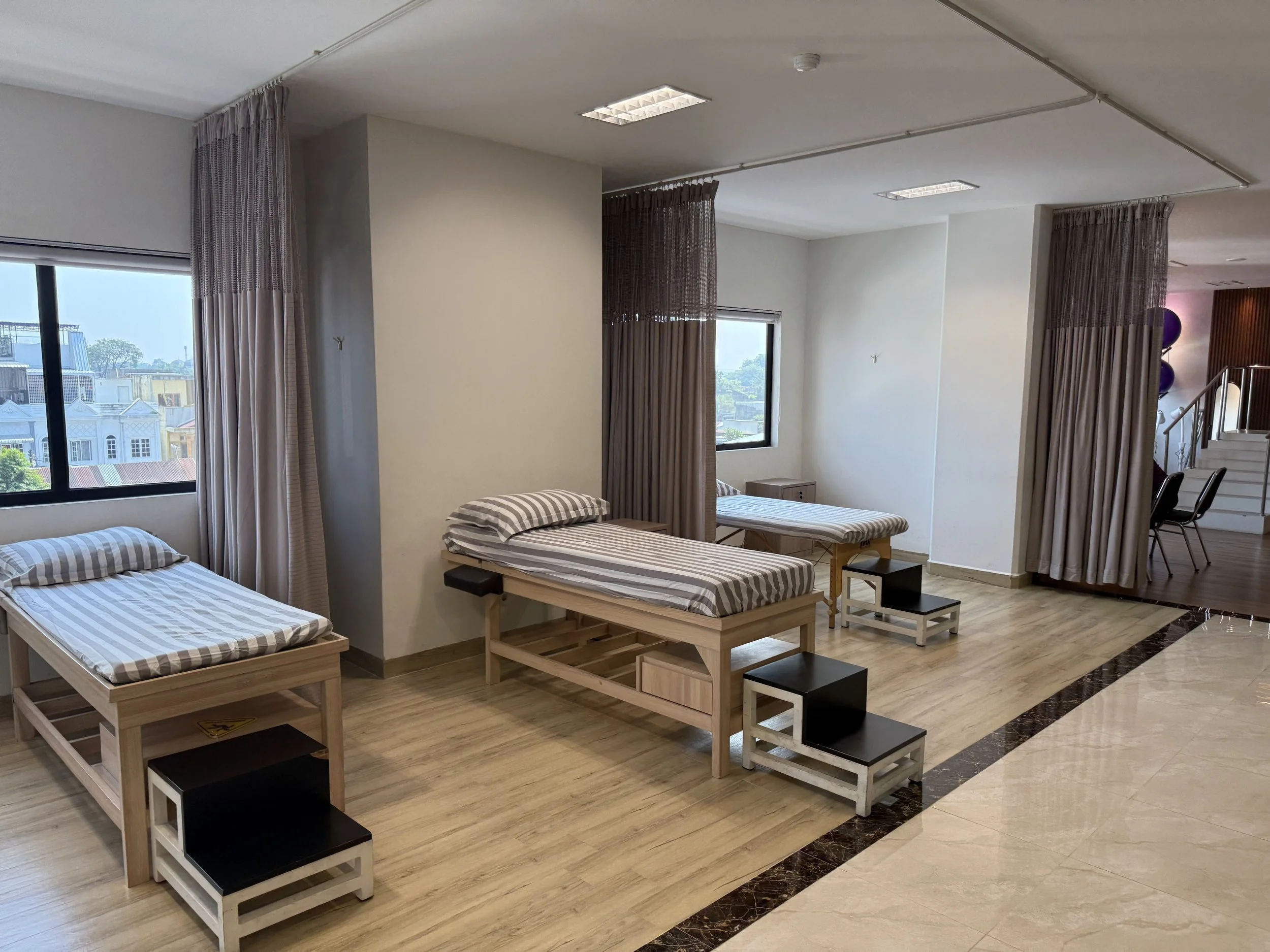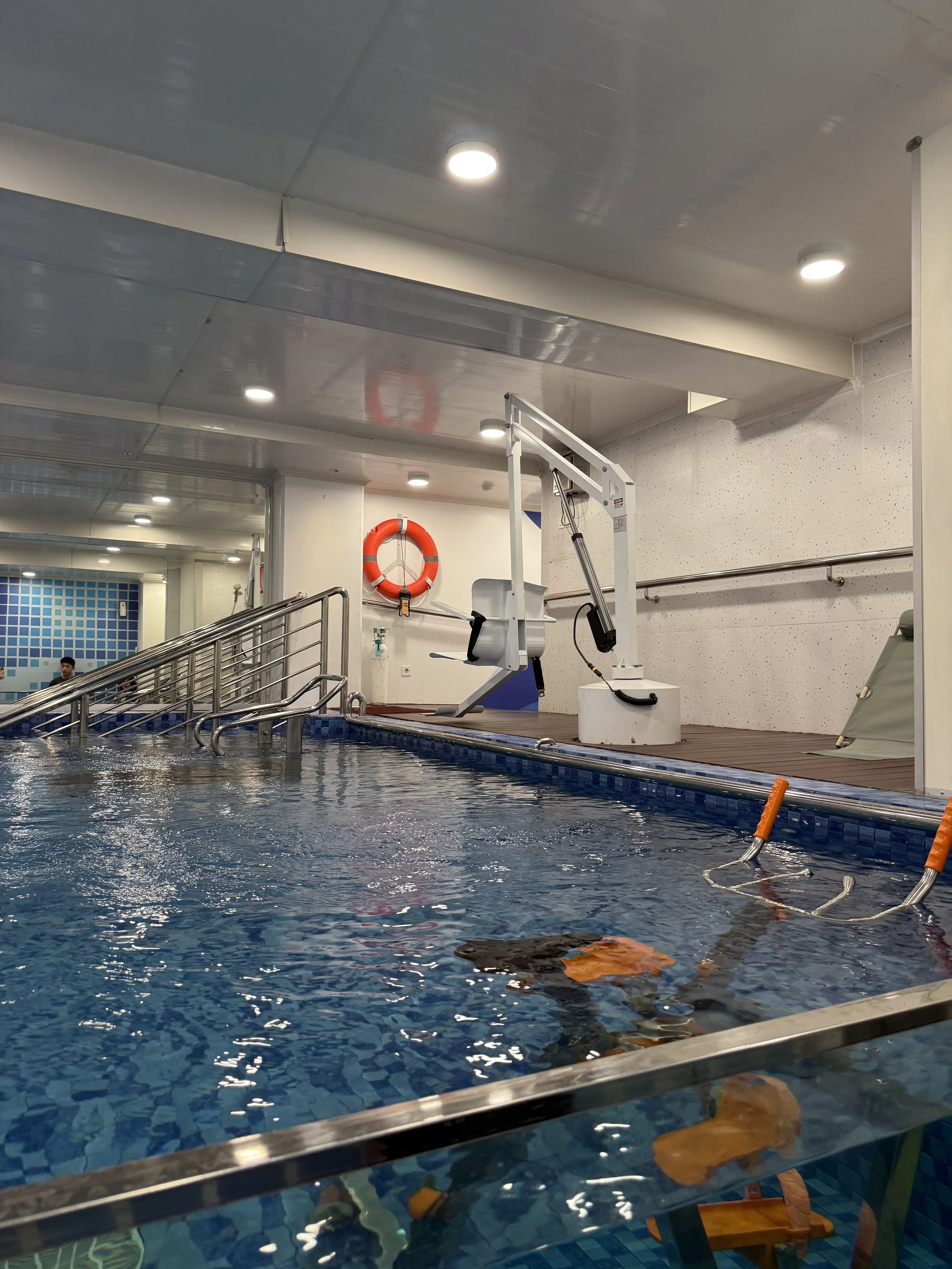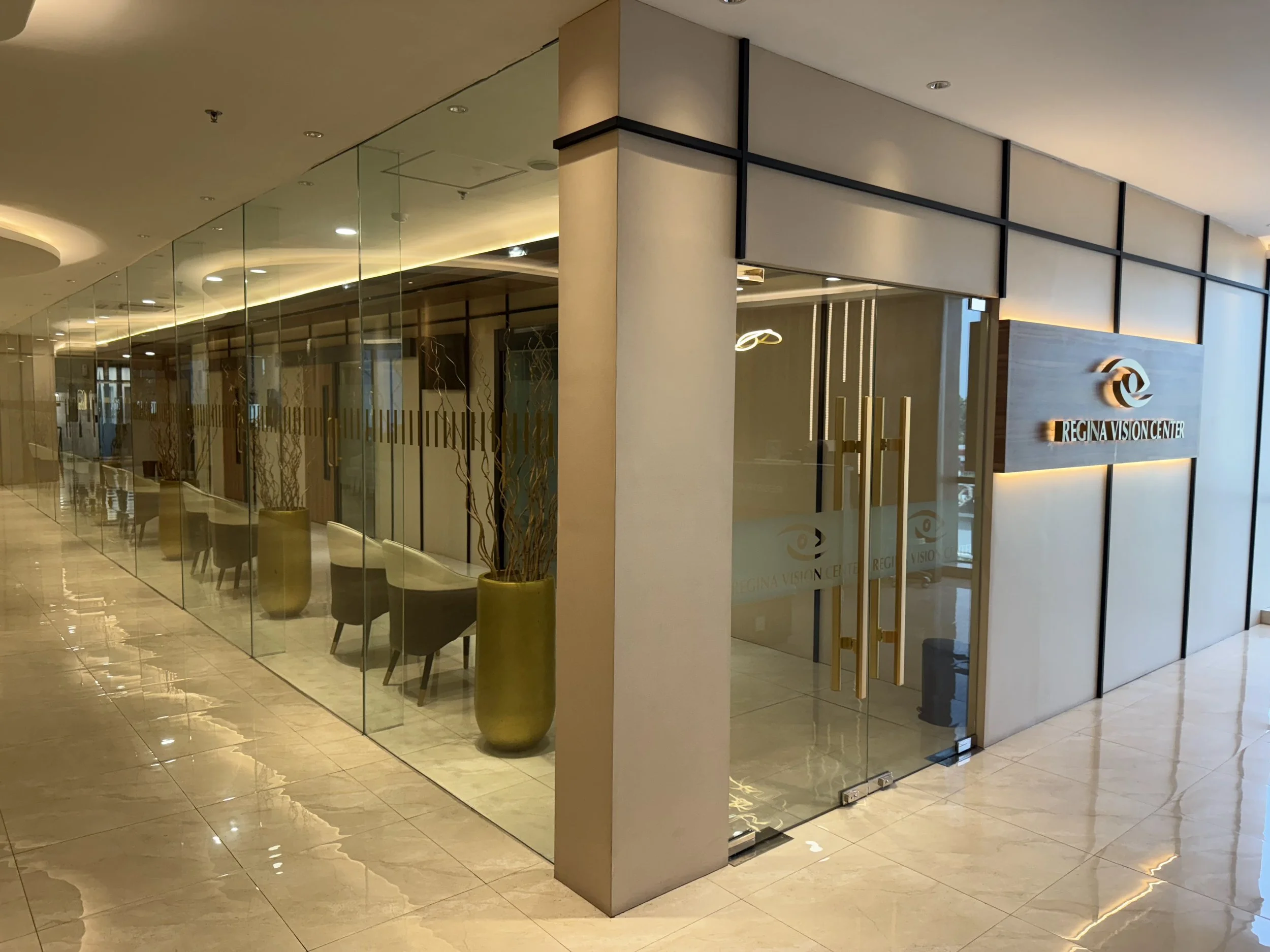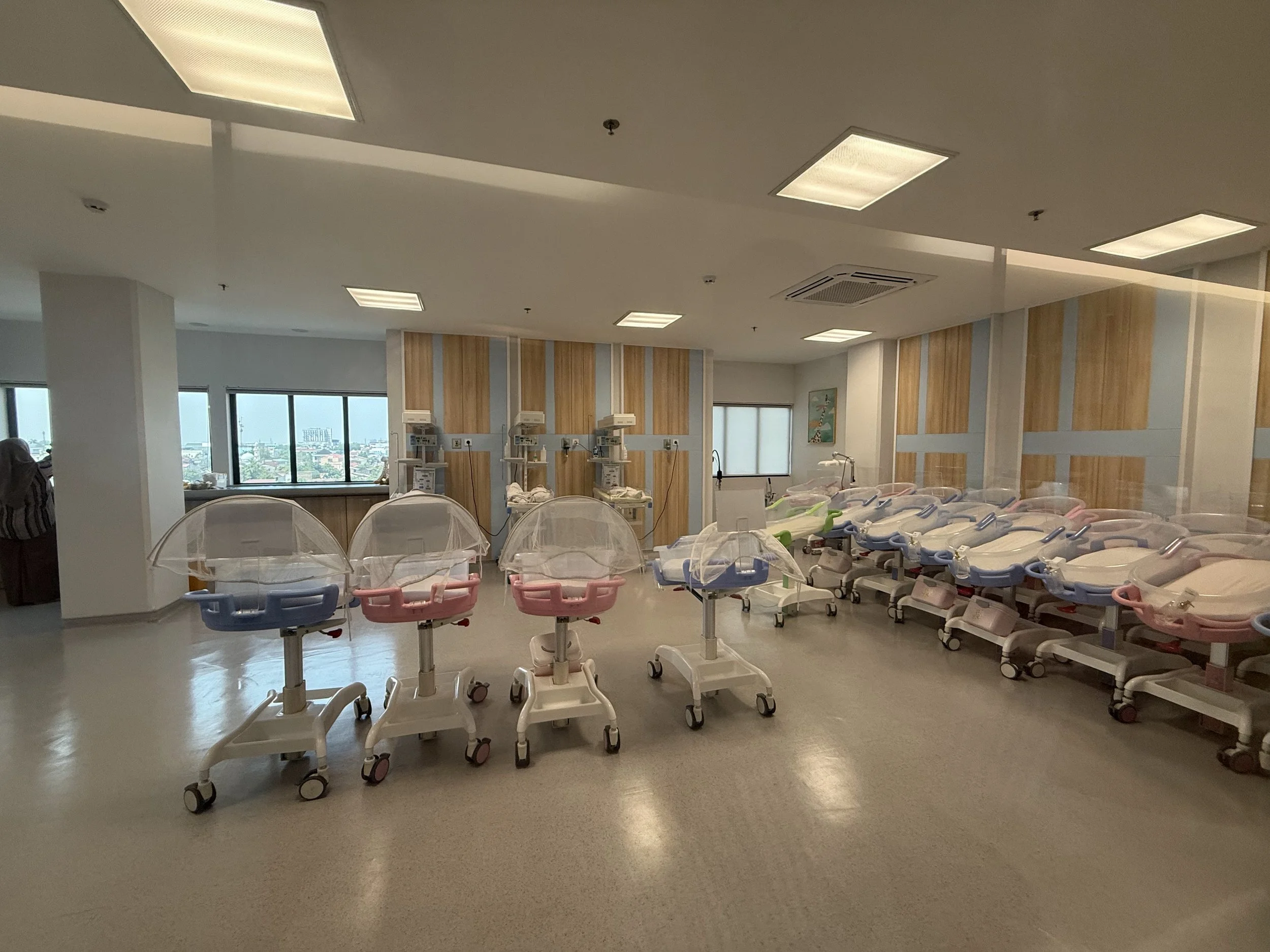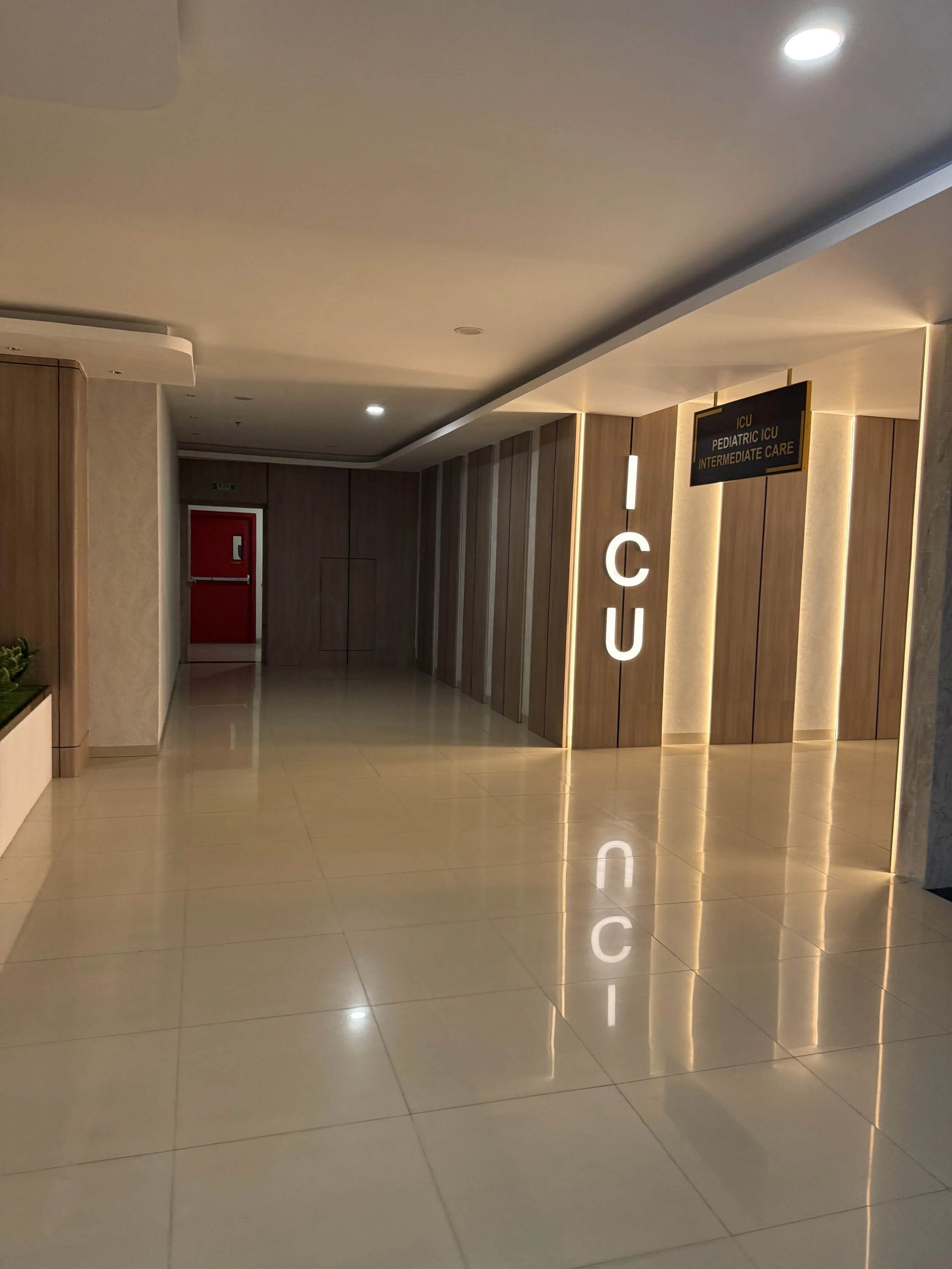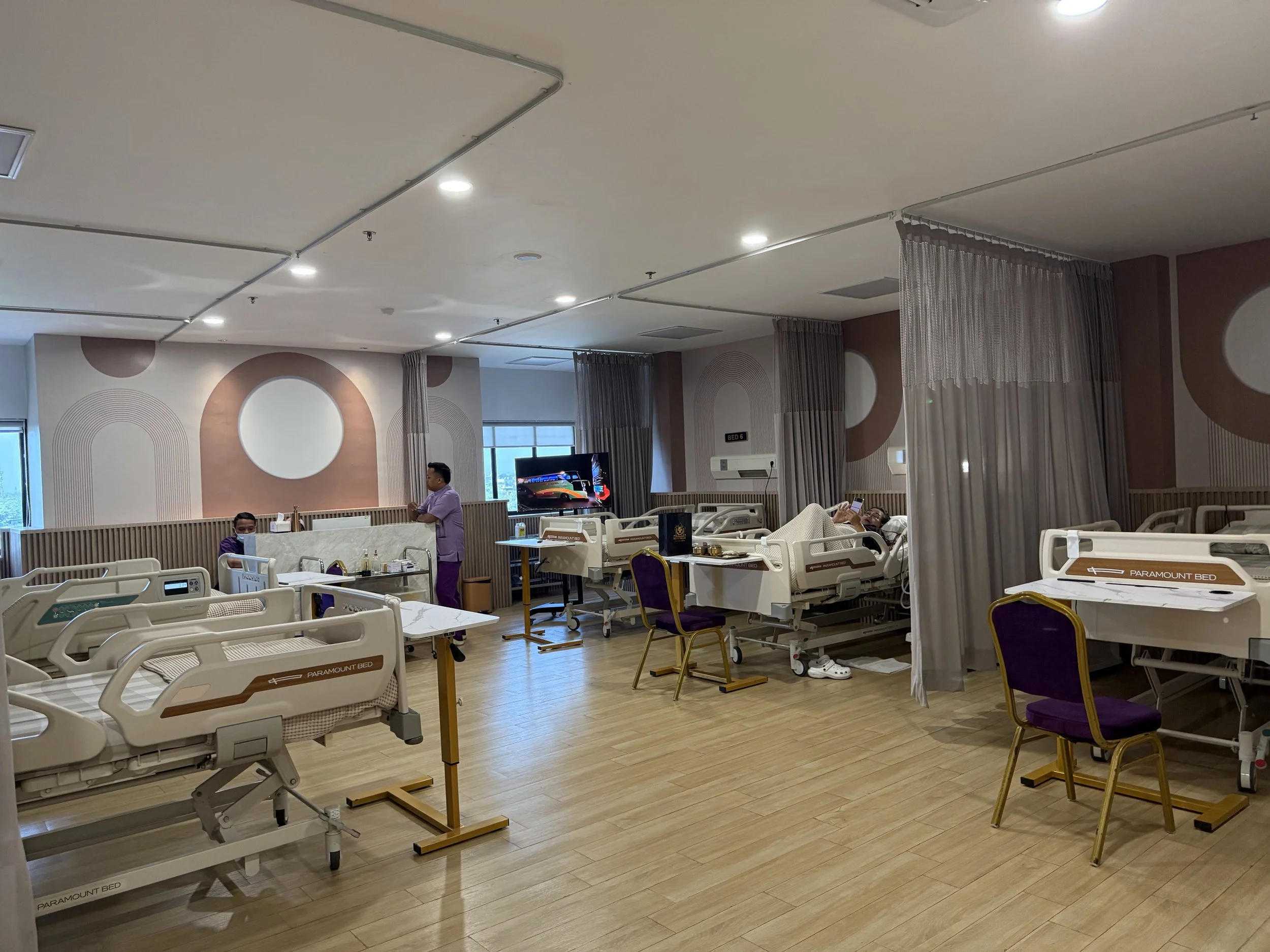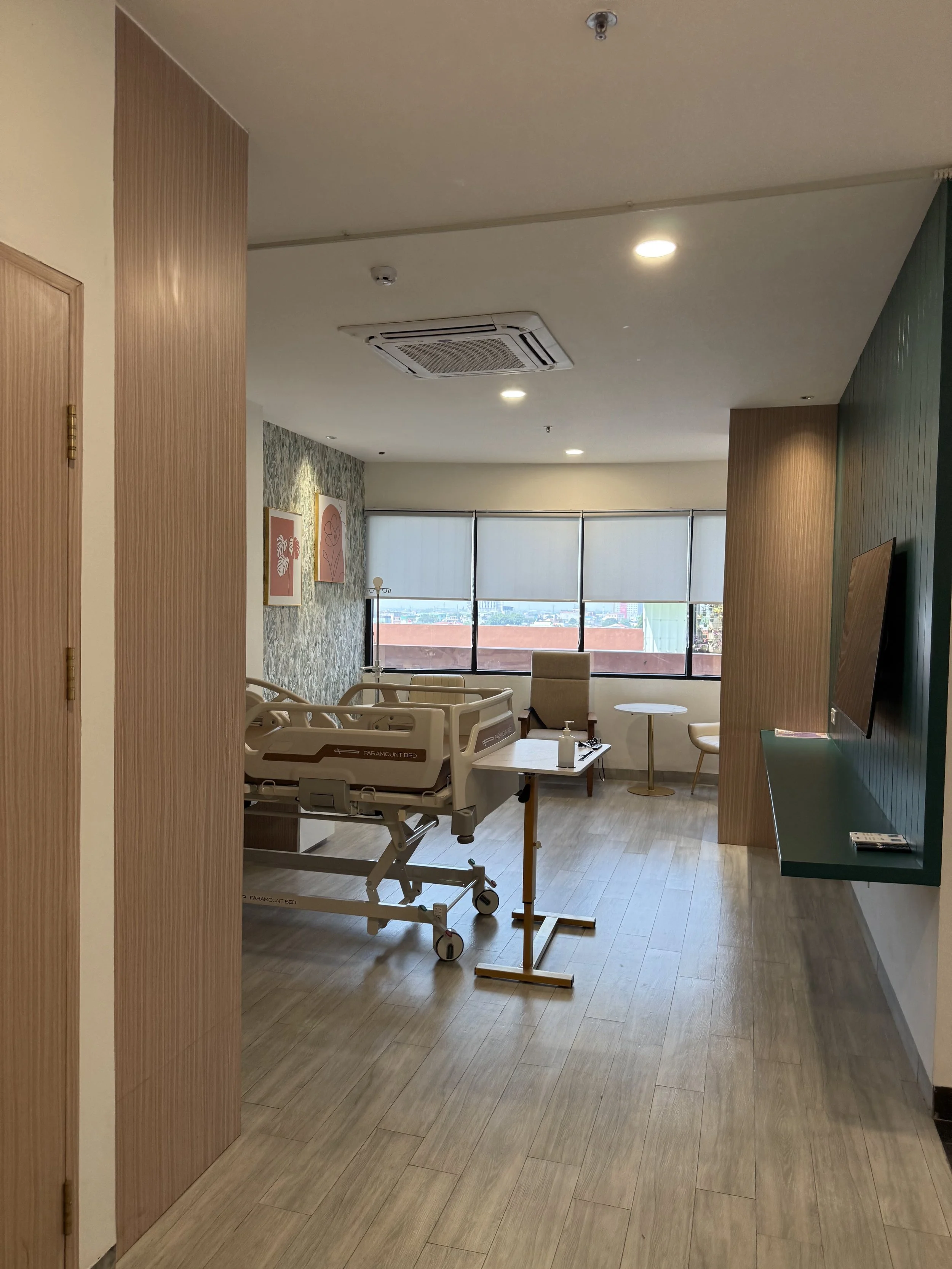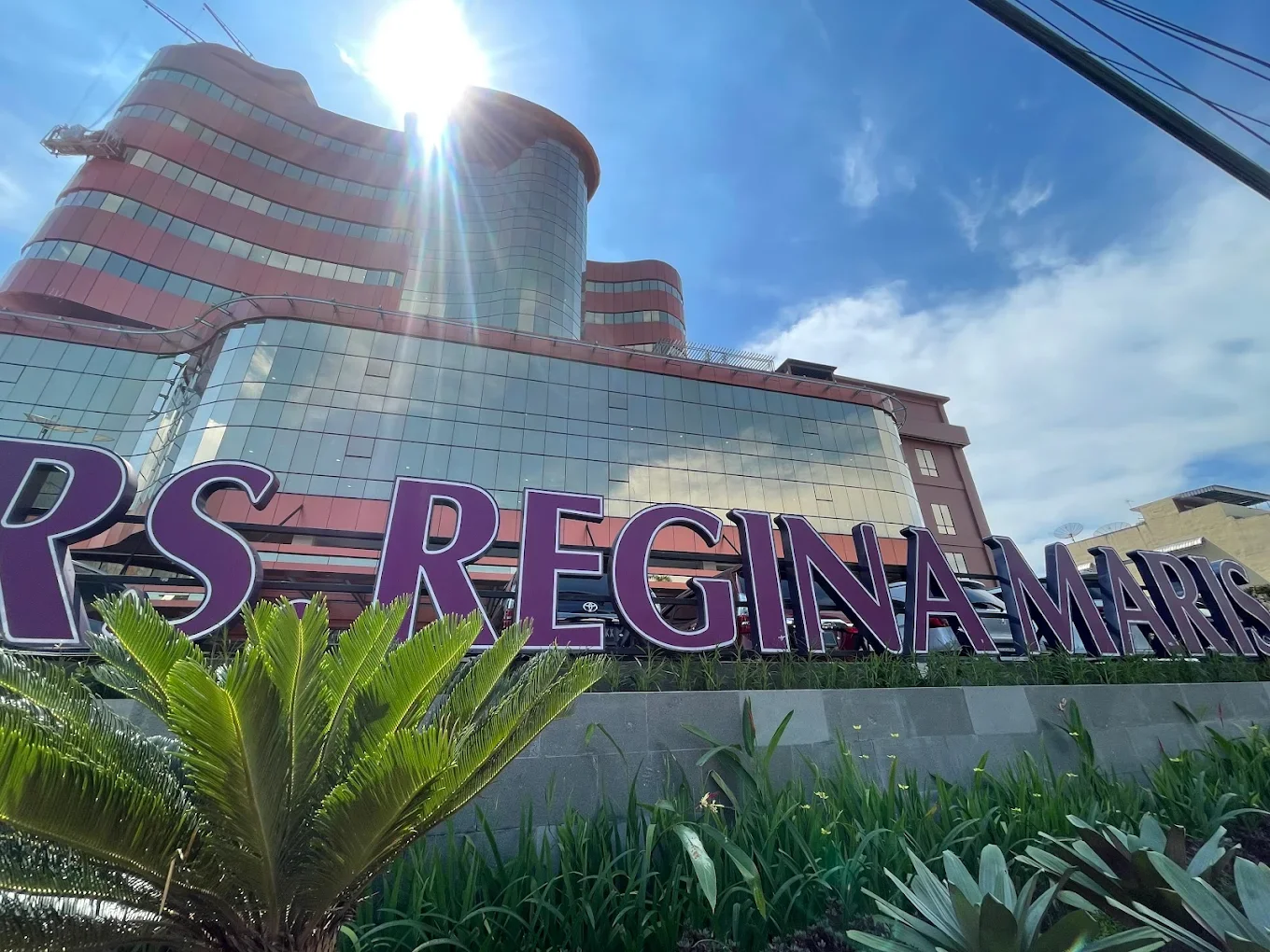
The R.S. Regina Maris Hospital in Medan, Indonesia is a private hospital with over 200 beds and top-level national accreditation. The first floor of the hospital is dedicated to radiotherapies such as the MRI, CT-Scan, Fluoroscopy, X-Ray, and USG. These are medical treatments that use high-energy radiation to kill or damage cancer cells.
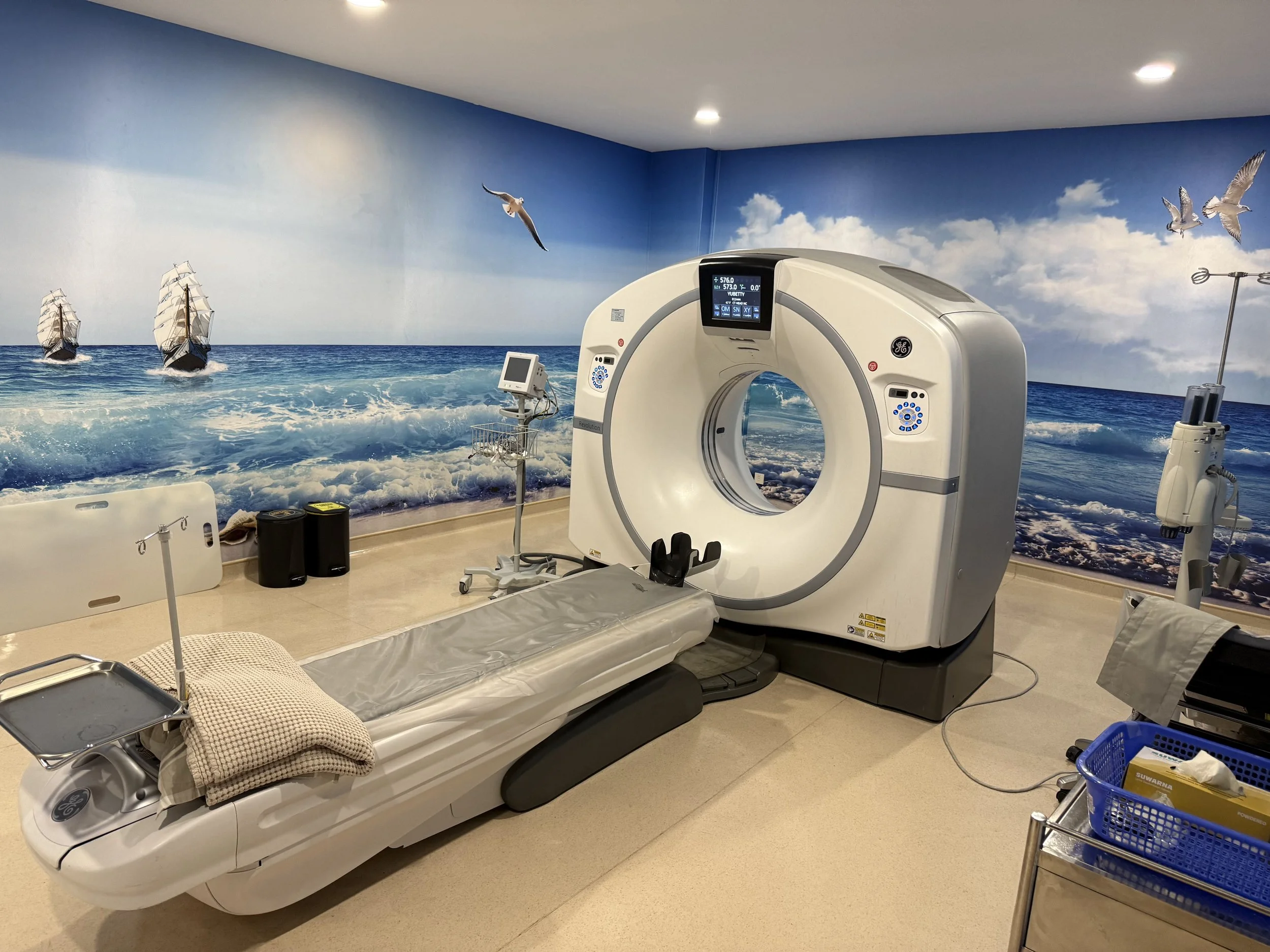


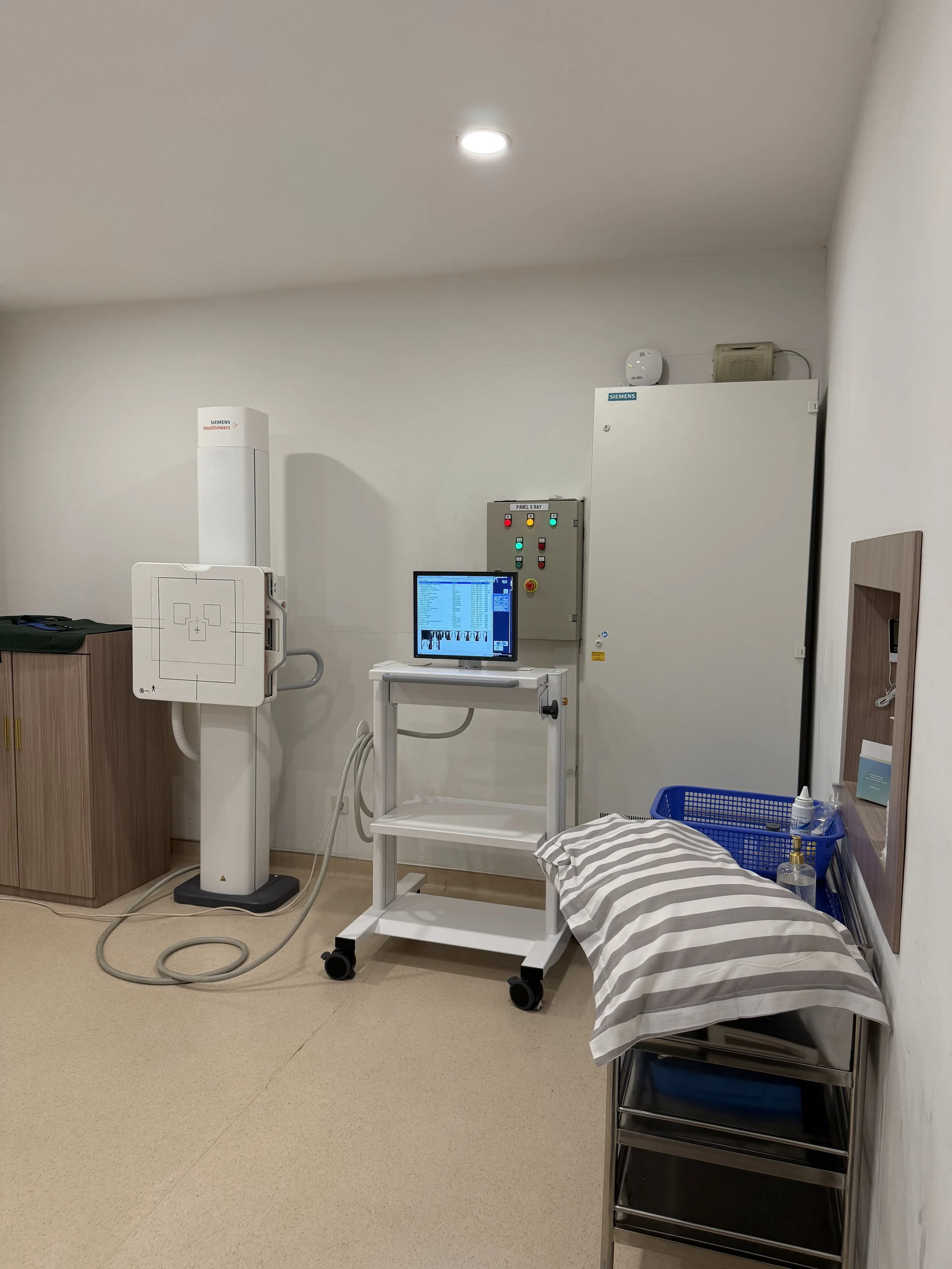

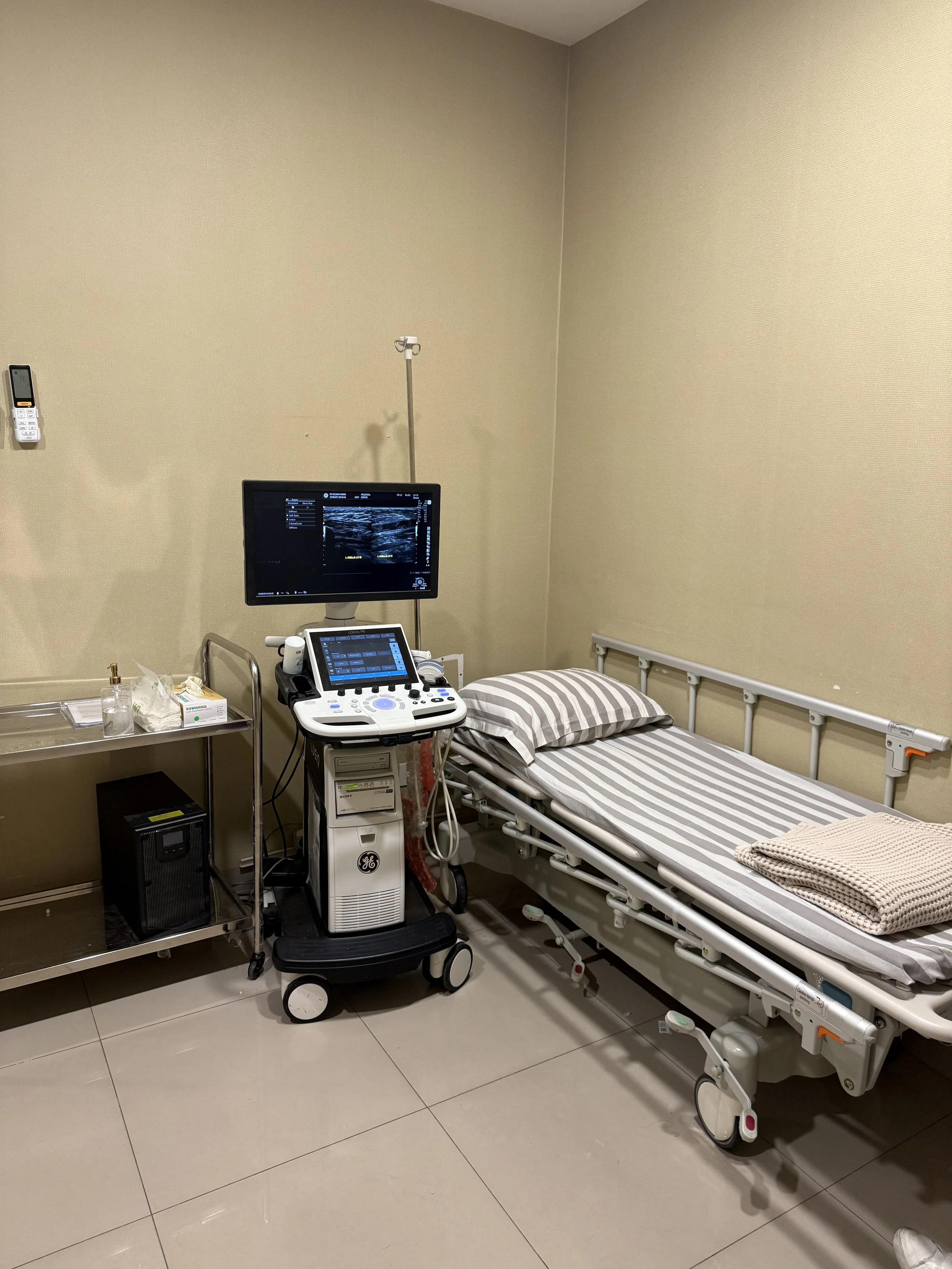
MRI (Magnetic Resonance Imaging): Uses strong magnets and radio waves to create detailed images of organs, tissues, and structures inside the body. It’s especially useful for examining the brain, spine, joints, and soft tissues.
CT Scan (Computed Tomography): Combines X-rays and computer processing to create cross-sectional images of the body. It helps doctors see bones, organs, and blood vessels in detail, often used in emergencies or to detect tumors.
Fluoroscopy: A type of real-time X-ray that shows continuous movement inside the body, like watching a video. It’s commonly used to guide procedures such as catheter insertions or to view the digestive system during contrast studies.
X-ray: A quick imaging technique that uses low doses of radiation to view inside the body, mainly bones and lungs. It’s often the first test used to check for fractures, infections, or lung conditions.
USG (Ultrasound or Sonography): Uses high-frequency sound waves to produce live images of internal organs, tissues, and blood flow. It's widely used in pregnancy and for examining organs like the liver, kidneys, and heart without radiation.
The second floor is where OB-GYN and pediatric doctors treat different patients.. In the outpatient clinic, patients receive care without being admitted to a hospital. This means they can come in for treatment, tests, or consultations and go home the same day. Outpatient clinics offer services like check-ups, minor procedures, blood tests, diagnostic imaging , and follow-up visits. They are commonly used for routine care, chronic condition management, and specialist consultations, making healthcare more convenient and efficient for many patients.
Pediatricians in the children’s center handle everything from routine check-ups and vaccinations to diagnosing and treating illnesses, infections, developmental concerns, and chronic conditions like asthma or diabetes. Pediatric clinics are designed to create a child-friendly environment, helping young patients feel comfortable while receiving care tailored to their unique physical and emotional needs.
The third floor has medical rehabilitation and vision centers
Rehabilitation Centers: These are facilities that help people recover from injuries, surgeries, strokes, or long-term illnesses. They provide therapies like physical therapy, occupational therapy, and speech therapy to help patients regain strength, mobility, and independence. The rehab center has a snoezelen room. A Snoezelen room is a specially designed space that provides a calming, multi-sensory environment to help individuals relax, reduce stress, and feel safe.It’s often used for people with autism, dementia, developmental disabilities, or sensory processing disorders. The room includes gentle lighting, soothing sounds, soft textures, calming scents, and interactive elements like bubble tubes or fiber-optic lights. The goal is to stimulate the senses in a controlled way, promoting emotional well-being, focus, and comfort.
Hydrotherapy is a treatment that uses water to relieve pain, improve circulation, and support physical healing. It can involve warm baths, whirlpools, water jets, or exercises done in a pool.
Often used in rehabilitation or physical therapy, hydrotherapy helps reduce joint stress, ease muscle tension, and increase movement, especially for people recovering from injuries, surgeries, arthritis, or chronic pain. The water’s buoyancy and warmth make it easier and more comfortable to move and exercise.
Vision Centers: These centers focus on eye care. They offer services like eye exams, vision testing, prescribing glasses or contact lenses, and detecting eye conditions such as cataracts, glaucoma, or infections. Some may also provide treatment or refer patients to eye specialists for surgery or advanced care.
The sixth floor has delivery rooms, neonatal ICU, the sick baby Ward, Nursery, and Lactation room.
Delivery Rooms: These are specially equipped rooms where mothers give birth. They provide a safe and sterile environment for labor and delivery, with medical staff and equipment ready for both normal and emergency births.
Neonatal ICU (NICU): A high-level care unit for newborns who are premature, sick, or need intensive medical attention. It has advanced equipment and specialists to support babies with breathing, feeding, or other critical needs.
Sick Baby Ward: A hospital area for newborns or infants who are ill but don’t require intensive care. It provides treatment and monitoring for common issues like infections, jaundice, or minor complications.
Nursery: A room where healthy newborns are cared for after birth. Nurses monitor the babies, handle basic needs like feeding and changing, and keep them safe while mothers rest or recover.
Lactation Room: A private space where mothers can breastfeed or pump milk comfortably. It’s equipped with chairs, sinks, and sometimes breast pumps to support breastfeeding in a calm, clean environment.
